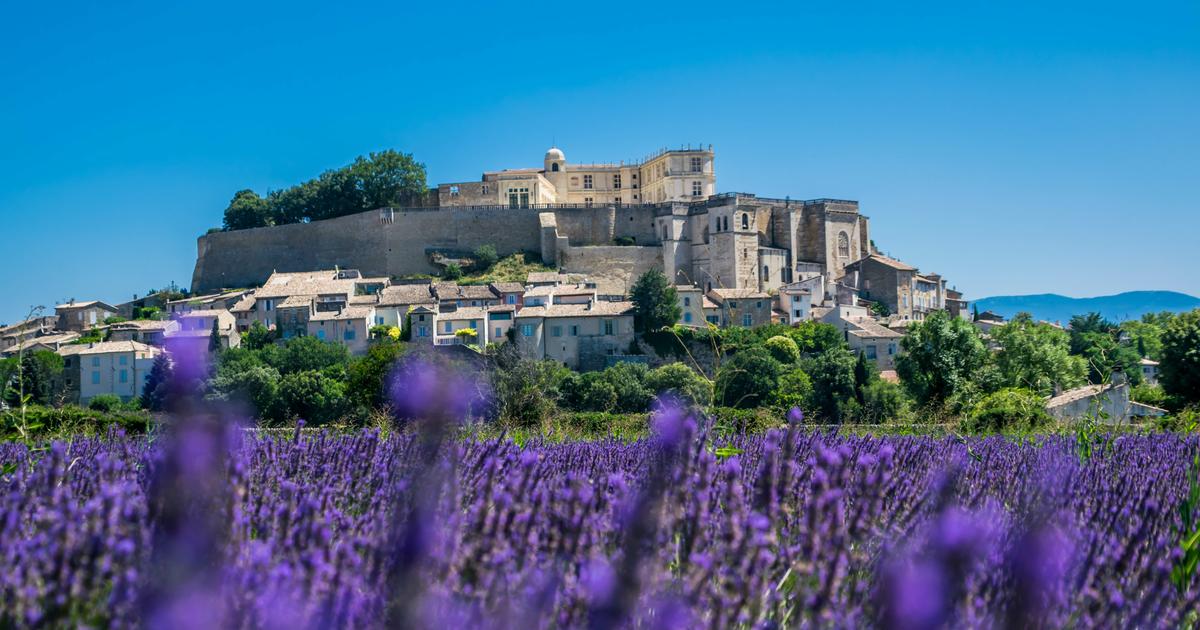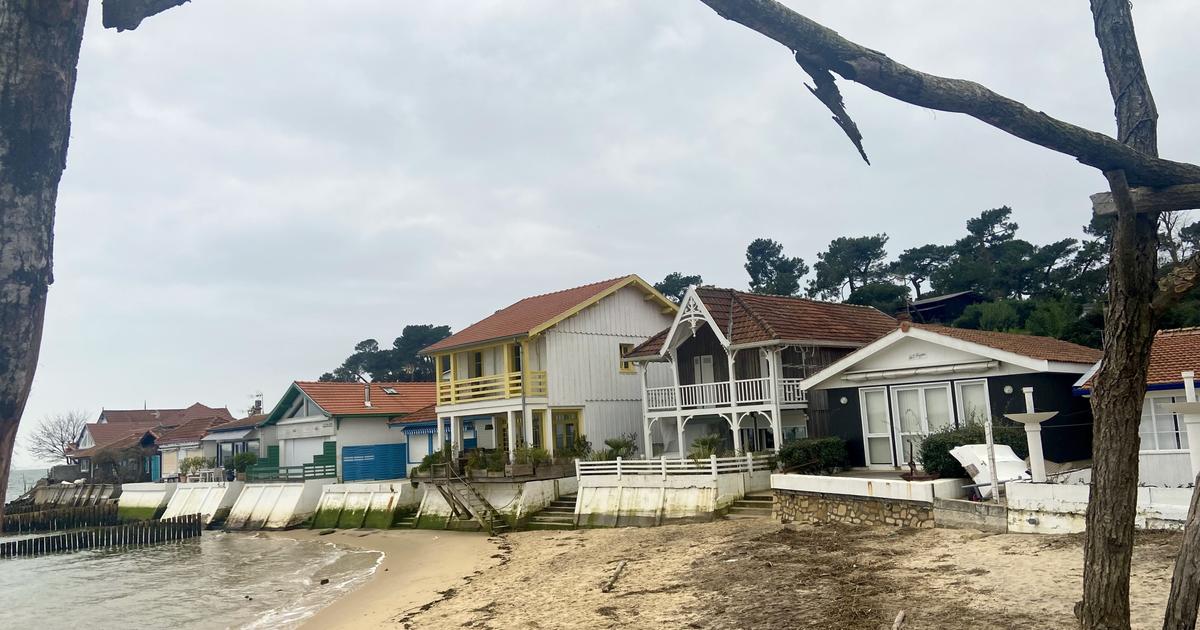Nestled on the banks of the Seine, 10 km from Melun (Seine-et-Marne) and Corbeil (Essonne), Seine-Port (Seine-et-Marne) proudly carries its “village of character” label. On the facades of 30 18th century stone houses, a porcelain tile features the blue figures of the Duke of Orleans. Here, no building, or even a three-story residence. The village of 1,900 inhabitants has 700 residences, most of which have large gardens.
Walking the streets lined with stone walls, you can breathe the sap of the trees in summer. We hear Canada geese dabbling on the banks in winter. We watch the bowlers type the jack under the 180 lime trees of the Place Montesson. Or we bargain-hunt at the flea market of antique dealers which has been held on the first Sunday of each month in this same place, for 40 years.
If Seine-Port has preserved its heritage, it is thanks to part of its inhabitants, gathered within the Seine-Port Safeguarding Association. The association was formed after the destruction of a wash house 45 years ago. Since then, beware of the trashing of heritage!
Married "in secret" to the Duke of Orleans
The village was created in the 12th century by Cistercians, who brought in peasants to maintain the land. In the 16th, Henri IV erected the seigneury as a barony. The new baron bought the land, razed the buildings and had the castle of Saint-Assise built there, which ended up in the hands of the Glucqs, directors of the Gobelins factory.
But it was a woman who drew Seine-Port from 1773 to 1785: Madame de Montesson, wife of the Duke of Orleans, who offered her the barony of Seine-Port as a wedding gift, in 1773. That is to say the whole village of the time, the land and 66 dwellings. Madame de Montesson is the daughter of a slave trader. The Duke of Orleans, prince by blood, must obtain authorization from Louis XV to marry him. The king gives his agreement on three conditions: Madame de Montesson will never wear the title of Duchess of Orleans, she will not set foot in Versailles and the marriage must remain secret (de Polichinelle).
Newsletter Going out in the Paris region
Every Friday, the news of your outings seen by Le ParisienI'm registering
Your email address is collected by Le Parisien to allow you to receive our news and commercial offers. Find out more
To compete with royal wealth, she embarked on splendid expenses and decided to enlarge her fief. It broke through four streets, two squares and erected 30 houses to house the craftsmen of its castle, which is now destroyed. It requires an identical structure: millstones, tiles (instead of thatch), east-west orientation, wooden shutters, wooden exterior door as well. “She was the benefactor of the town, we owe her everything. Before his arrival, the village had only one street, "says Madeleine Billoudet, president of the Seine-Port safeguarding association. She copied what was done at Versailles.
Unaffected by heritage
After the death of the Duke of Orleans in 1785, Madame de Montesson returned to Paris. Some artisans leave, others stay. We can still see the houses of the woodcutter, the carpenter, the cabinetmaker, the upholsterer, the glazier, the earthworkers or even the architect of Madame de Montesson. There remains of this barony a beautiful house from the 19th century, now an annex town hall, where exhibitions and municipal meetings are held. It is nestled in a 1.5 ha park open to the public.
In the 1970s, the municipality attempted a 40-house real estate project in this park. The association demonstrated every Saturday for three years. The subdivision was limited to 15 houses. Ten years later, the inhabitants mobilized against a quarrying permit, buried after three years of proceedings. No but !
WE DISCOVER… the village paths
A 5 km course, through the Seine-Port trails, offers a complete overview of the village. The circuit starts from the Baronnie, near the site of the old demolished castle, it passes in front of the town hall, built in 1885, the Saint-Sulpice church freshly renovated, the school, former "castle" of a Minister of Finance for the Restoration ... At the cemetery, we stop at the beautiful burial of René Viviani. Chairman of the board in 1914, close to Jean Jaurès, co-founder of the newspaper L'Humanité, he passed a law allowing women to become lawyers in 1900. He lived in Seine-Port for the last seven years of his life.
We follow the paths leading to the old mill built by the monks in the 12th century. The route allows you to discover the beautiful residences of artists, including the Villa Déjazet. A rugged path leads to an old beach, where locals bathe in the Seine in summer. You can stop there for a picnic. The circuit ends with the magnificent Place de Montesson, Madame de Montesson's old tennis court. You can have a drink on a neighboring terrace. Those in a hurry can just stroll through the four historic streets created by the marquise: Legouve, Paladilhe, Viviani and boulevard du Prince.
For a guided tour or to obtain a map of the route, contact the Association for the Safeguarding of Seine-Port, at 06.80.28.46.58.
WE MEET… Dorléac, Dejazet and Simenon
The charm of Seine-Port 42 km from Paris attracts artists in search of calm and beauty. Michèle Torr lived in the village for 10 years. The actress Virginie Dejazet, whose Parisian theater bears her name, bought a house in 1840 on the village square. She lived there for 35 years and received the Tout-Paris home. Françoise Dorléac is buried in Seine-Port with her father. The family still owns a secondary home there. Catherine Deneuve played, as a child, comedy in the theatrical troupe. She spent her summers and part of her weekends with her sisters in her parents' family vacation home. The TV series "A French Village" was filmed on a property in the village.
The Association for the Safeguarding of Seine-Port has created a card game of 7 families, illustrating the biggest names in the town. In the family of famous women, we come across Olympe de Gouges, who demands the emancipation of women and frequents Madame de Montesson's salon. In the family of writers, Alexandre Dumas lived his first love on the property of Les Ruisseaux, Simenon parked his barge on the Seine, the academician Victorian Sardou wrote two of his works there. The musician Raymond Lefevre (composer of the "Gendarme de Saint-Tropez" and the "Cabbage Soup") ends his days in Seine-Port. Alexandre Monsigny, creator of the Opéra-comique, gives music lessons to Madame de Montesson. The soul of the 18th strolled through the village.
We take this opportunity to ...
… to visit. After several years of restoration, the old Leroy factory, a wallpaper manufacturer for 140 years (until 1982), has given way to the museum of 26 colors. We go there for the splendid industrial machine which was capable of producing a wallpaper in 26 simultaneous colors. Guided tour on April 5 at 3 p.m., for 5.25 euros. Open Wednesday, Saturday and Sunday from 2 p.m. to 6 p.m., rue Pasteur in Saint-Fargeau-Ponthierry. Phone. 01.64.81.26.66.
… lunch. Quality traditional cuisine, in a modern and warm decor with its wooden tables and colorful seats, the Ti'Bistro is a great place to have a good meal. Dishes around 20-25 euros. Open Monday to Friday noon and evening. At 16 rue Grande, in Cesson. Phone. 01.75.18.38.61.
… have a drink. At Dix-Huit, Julien offers an aperitif board at 18 euros, with cold cuts or cheese. This wine bar and dining cellar changes its menu every three days. Twenty natural wines are offered at 6 euros per glass. Open Tuesday to Friday, noon and evening, Saturday evening and the first Sunday of the month during the antique flea market every month. At 3 rue de Croix-Fontaine, in Seine-Port. Phone. 09.54.62.72.44.









